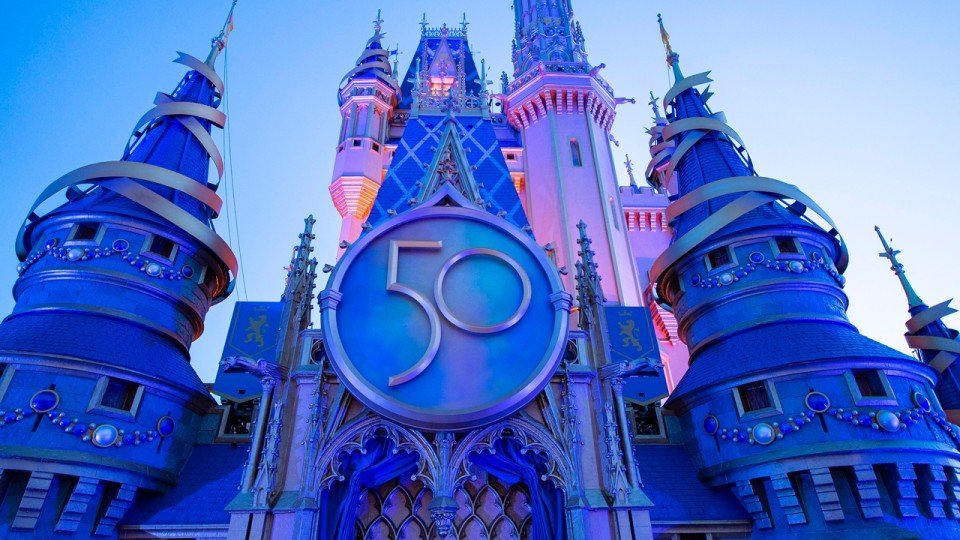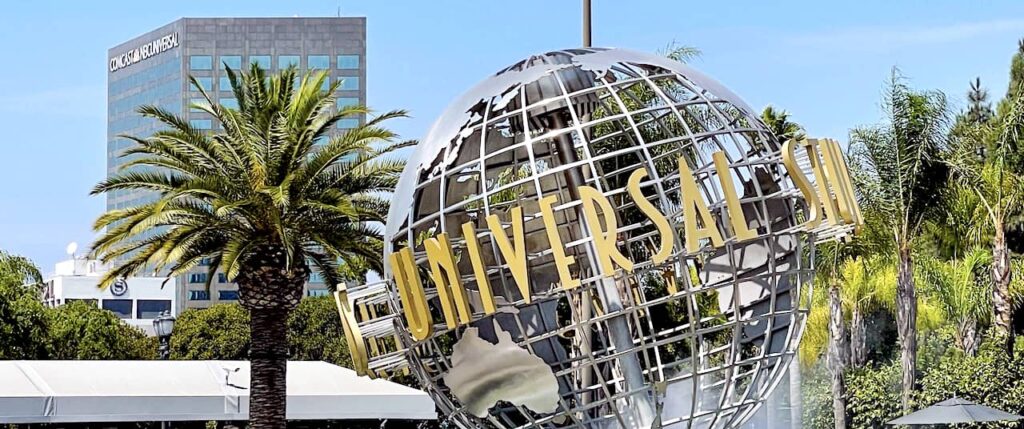“We’ll believe it when we see it.”
That’s the attitude that a lot of theme park aficionados seem to have when it comes to out-of-the-blue announcements of would-be destination parks that suddenly, inexplicably pop up every once in a while… Their disbelief makes sense. Most of the time, grand plans announced by nameless corporations to create “the next Disney World” are accompanied by very nice concept art and a wave of press releases… then endure decade-long bouts of “will-they-or-won’t-they” updates before quietly disappearing. Long story short: the multi-billion dollar construction of “the Disneyland of (insert rural state here)” just doesn’t tend to be a good bet.
Especially today, it seems that unless you’ve got a major entertainment company underwriting a park’s design and construction, things generally don’t move beyond the “flashy concept art” stage. That’s not to say that we haven’t been surprised! After all, much has been said about Evermore in Utah, and we fell in love with Lost Island – a rare new, major, independent, from-scratch theme park that opened last year in Iowa. But the list of parks that never make it to the opening they promised is long. So today, let’s look at a few other announced-then-abandoned parks and see if Heartland is likely to join them.
1. London Resort
Image: London ResortBilled as (of course) “UK Disneyland,” the London Resort project was launched in 2012, with a target opening in 2019. Originally, the ambitious plans called for this entertainment destination on the UK’s southeast coast to include an indoor water park, theaters, live music venues, cinemas, restaurants, event spaces and hotels, all centered on a theme park.
As planned, the park would contain seven themed lands that (unsurprisingly) draw from the precedent of Disney – High Street, The Jungle, The Woods, The Kingdom, The Isles, Starport, and The Studio. A preliminary price tag of £3.5 billion would put the project on par with the development of Shanghai Disneyland… albeit, in this case, it was unclear how (much less from whom) the funding would come.
Image: London ResortIn 2021 – despite being two years passed its planned opening and with no dirt having been moved – the would-be park’s would-be leaders announced that they’d also add a dinosaur-themed land, including a triple-launch roller coaster, a family coaster, a 1500 seat indoor show, a 4D motion-base dark ride, an interactive gaming dark ride, a play area, ziplines, and two food and beverage locations. It was an oddly specific announcement for a park that was a decade past its announcement and still seemed entirely implausible.
Plans for the London Resort were filed and pulled (and re-filed re-pulled) time and time again throughout the 2010s, becoming less and less likely with each go-round. In 2022, the “London Resort Company Holdings” entered administration – essentially, the British equivalent of bankruptcy. And as many predicted from the moment it was announced a decade ago, it seems highly unlikely we’ll ever see the London Resort take shape.
2. Paramount Park(s)
Image: ParamountDisney, Universal, and Warner Bros. all have substantial footprints in the theme park market. Paramount’s story is a little different. In the ’90s, Paramount entered the red hot theme park business not by opening a “studio park” (like Universal) or licensing their brands (like Warner Bros.), but by purchasing a chain of already-successful, regional, seasonal, coaster-oriented theme parks. In the lead-up to the Great Recession, Paramount (then owned by Viacom) offloaded its non-core assets, selling the parks to Cedar Fair. And they’ve stayed out of the business since.
Well… sorta kinda. Just months after abandoning the owning and operation of their U.S. parks, Viacom announced that they would instead license their studio’s brand to a new Paramount Park in South Korea. It could’ve been a great park. Viacom’s catalogue (which includes Paramount, CBS, MTV, and Nickelodeon) boasts such major IPs as Mission: Impossible, Top Gun, Titanic, Grease, The Italian Job, Spongebob Squarepants, Tomb Raider, Avatar – The Last Airbender, Transformers, and Star Trek – all substantial IPs that are largely unrepresented in the theme park industry. But of course, it didn’t happen.
Image: ParamountIn 2011, a new “Paramount Park” was announced for Murcia, Spain, instead. To say that plans were stop-and-go would be an understatement. The planning forces behind the project announced rides, then cancelled the park; set up construction walls, then cancelled the park again; released concept art; then stalled construction. We took a tour of the odd story of Paramount’s wannabe Disneyland in a feature on Theme Park Tourist ten years ago! And of course, it was never built.
Despite its earlier failure, a second attempt at a Paramount Park in South Korea was announced in 2018 (and predictably, seems almost certainly cancelled). As a cherry on top, in 2019 Paramount announced that it had gladly signed on to have its name and licenses applied to… the London Resort – a short-lived, doomed partnership.
3. Disney’s America, WestCOT, and DisneySea
Perhaps the most well-known announced-but-unbuilt theme parks are actually Disney’s. Disney has had several high profile theme parks that have been made official, only to never actually become a thing.
Image: DisneyFor example, we dove deep into Disney’s America – a park planned for a rural area outside of Washington, D.C. in Virginia in the 1990s. There, Imagineers would’ve axed the characters and offered a thoughtful, reflective, and “real” living history park telling the story of America. (It’s no surprise that some are calling the recently-announced American Heartland park a revival of the Disney plans.)
You can understand why historians would take issue with the perceived shortcuts and shifts Disney might’ve taken with their “retelling” of American history, causing major pushback. Ultimately, Disney’s America didn’t happen, which is probably good because it’s difficult to imagine today’s Disney wanting anything to do with a park like that.
Image: DisneyIn the same “Disney Decade” of big, broken promises, California almost played host to two mega-parks. Planned to be built next to the original Disneyland, WESTCOT would’ve been a modernized, naturalized, and glowing West Coast version of EPCOT.
Meanwhile, just 30 minutes west, Disney’s (short-lived) ownership of the Queen Mary ocean liner spurred the development of a park called DisneySea – a nautical adventure park that would serve as the centerpiece of a new, second California resort called Port Disney.
Image: DisneyFrankly, it’s unlikely that both WESTCOT and DisneySea would’ve happened anyway. (More than likely, Disney used the concepts to create a bidding war between Anaheim and Long Beach to see who would offer the better tax subsidies.) Ultimately, neither happened. Like so much in the ’90s, the financial failure of Disneyland Paris and the subsequent downsizing of Disney’s theme park ambitions spelled the end of both projects, and the lower cost Disney’s California Adventure was built instead.
But even Disney’s three canned parks are nothing compared to the abandonment of a major new international entertainment destination that Disney allegedly once considered being a part of… and maybe, nothing compared to the promises being made by American Heartland… Read on…



